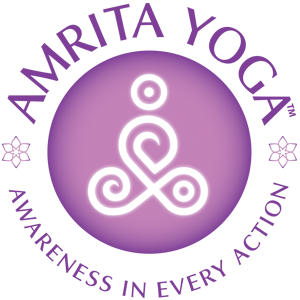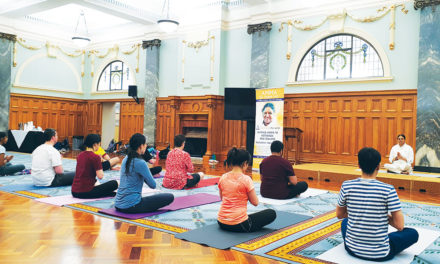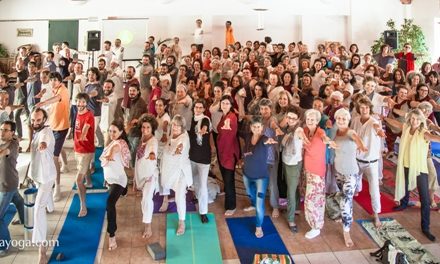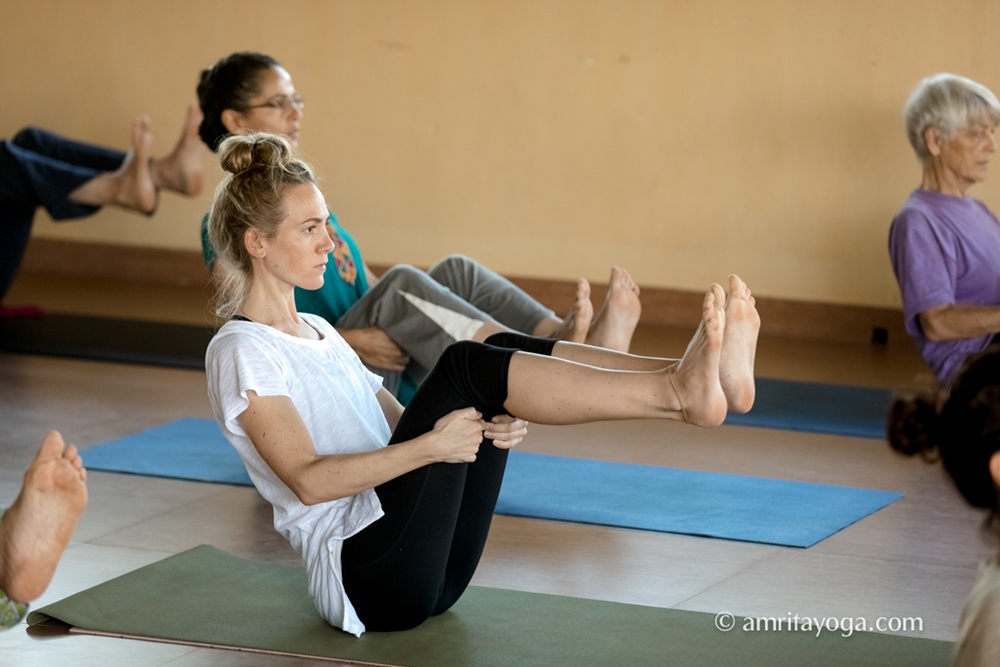 As yoga teachers, we have the opportunity to work one-on-one with students in a therapeutic capacity. A holistic approach to yoga has transformed my relationships with students in a profound way. Here is an example of just how powerfully therapeutic yoga can work.
As yoga teachers, we have the opportunity to work one-on-one with students in a therapeutic capacity. A holistic approach to yoga has transformed my relationships with students in a profound way. Here is an example of just how powerfully therapeutic yoga can work.
A student I will call Prema had previously practiced yoga, but in recent years had surgery on both knees, an injection for hip and low back pain, and was suffering from arthritis. While she came to me to address these physical issues, it was quickly apparent that they were connected to some life stresses.
Suggesting asanas to address her ailments after a physical assessment would only have skimmed the surface of what she needed.

We talked a good deal at our first session. While I did do some physical assessment, my focus was on simply listening. I could feel how stressed, overwhelmed and frustrated she was. We practiced some breathing, gentle movement, and restorative yoga. We ended with a short meditation. Then, as she became aware of the stresses that had caused her physical state, she had an emotional release. Only by deeply listening to her could I have helped her to reach the awareness and the opening that could lead to a real healing.
While it is important to have a solid foundation in anatomy, kinesiology and disease processes for yoga therapy, it is even more essential that we listen. Through this listening we develop a relationship, which is the key to healing.
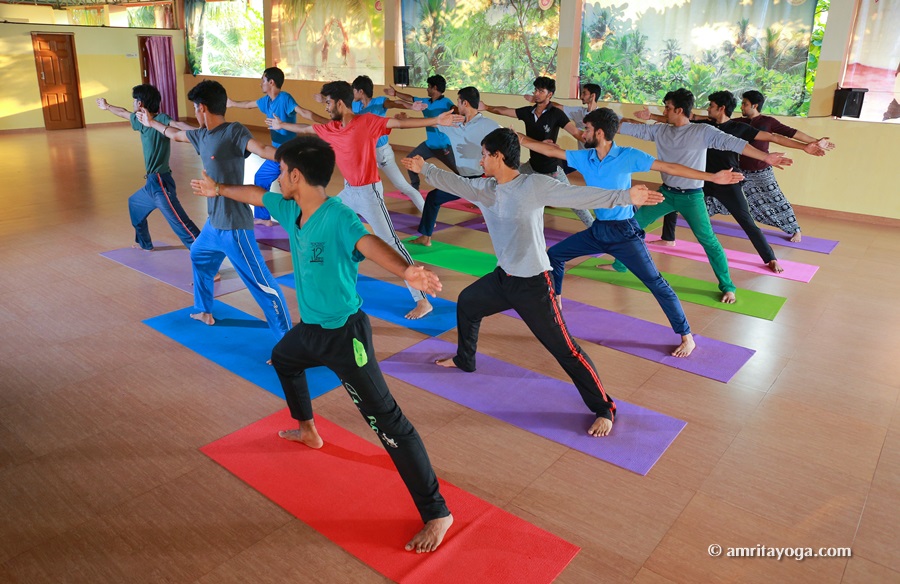 The student cultivates an awareness of the internal experience, rather than struggling to impose a posture. Just as it is hard to talk and listen at the same time, we can hear our body more clearly when we stop trying to ‘do’ the posture and just allow it to happen. Often, spontaneous alignment, release, and insight will arise when the body is given space without any expectation.
The student cultivates an awareness of the internal experience, rather than struggling to impose a posture. Just as it is hard to talk and listen at the same time, we can hear our body more clearly when we stop trying to ‘do’ the posture and just allow it to happen. Often, spontaneous alignment, release, and insight will arise when the body is given space without any expectation.
While I understand that while many of my thoughts arise from the limited perspective of my ego, I also recognize that some are direct messages from the Divine inner intelligence. This divinity is within each one of us. The discipline is the inner journey.
I have learned certain indicators of different thoughts and messages while listening to my body. One is that when an intuitive thought arises, my whole body feels clarity; a biased thought feels trapped in my head, spinning and bouncing. When I am confidently grounded in my body with the natural breath, my thoughts become a tool that I can use to help students discover their own truth.
How to choose the appropriate asanas? I listen to the student’s words and I watch their movements; then I select those stretches that might help her become aware of the same process. For example, if she has expressed an inability to stretch and let go, and I see some tightness in the hip, I may give a gentle traction to the leg to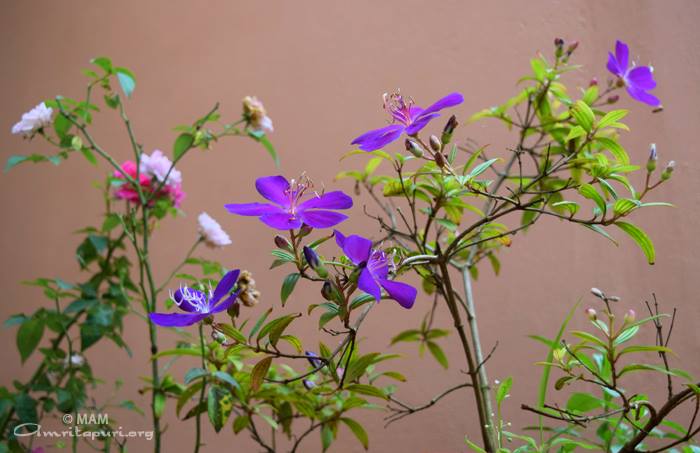 bring more attention to the hip and what she is holding there.
bring more attention to the hip and what she is holding there.
Then I ask, how is it now? What do you see? The invitation is to dive deeper into your own experience.
The idea is not to fix the hip or lower back according to a therapeutic plan, but to facilitate a process that allows Divine grace and will. Yoga will best heal the body when it is a journey to seek the divinity within. As Amma says, choices create habits. Negative habits eat us up; positive ones keep us alive. We bring our awareness to an infinite sea of changes and make discriminating choices that transform our lives profoundly.
 Yoga is a process of sharpening the inner ear so that we can ‘hear’ what is true in the present moment and act accordingly. It is a conscious effort to cultivate this tuning and listening. Animals have an innate and spontaneous sense that guides their lives. Alert to danger, they are grounded in primal nature.
Yoga is a process of sharpening the inner ear so that we can ‘hear’ what is true in the present moment and act accordingly. It is a conscious effort to cultivate this tuning and listening. Animals have an innate and spontaneous sense that guides their lives. Alert to danger, they are grounded in primal nature.
We may consider ourselves blessed to be born as human beings when the deathly sleep of ignorance is roused to the staggering potentials of Divinity.
